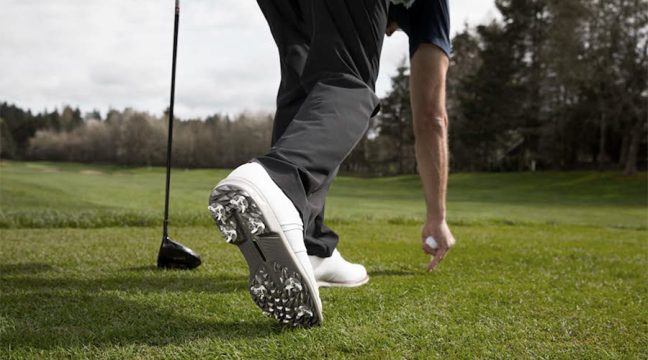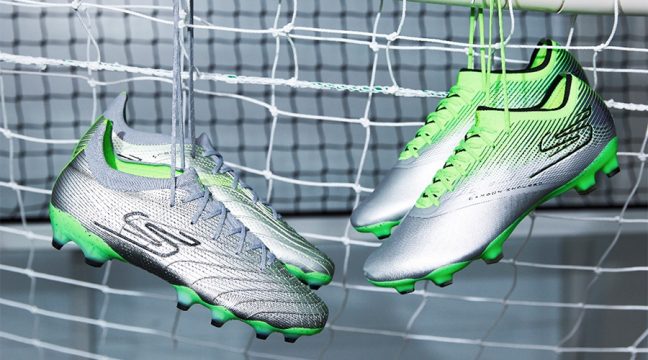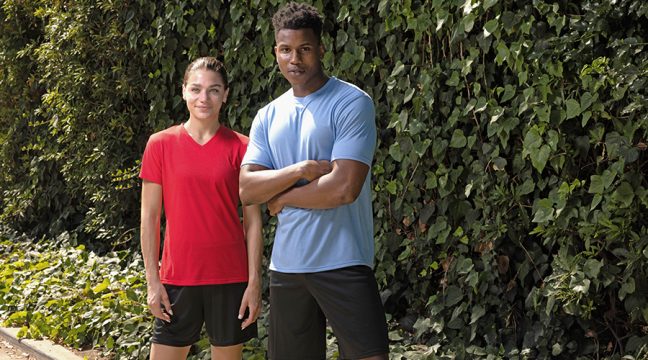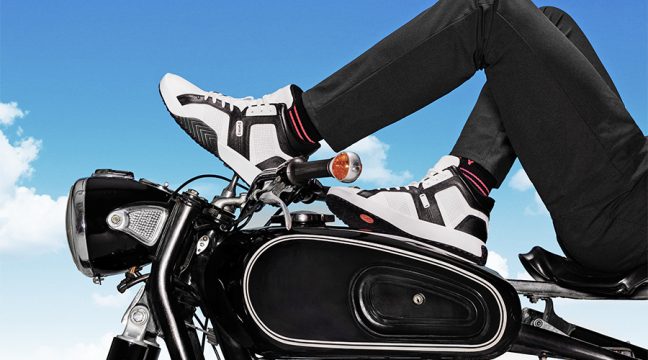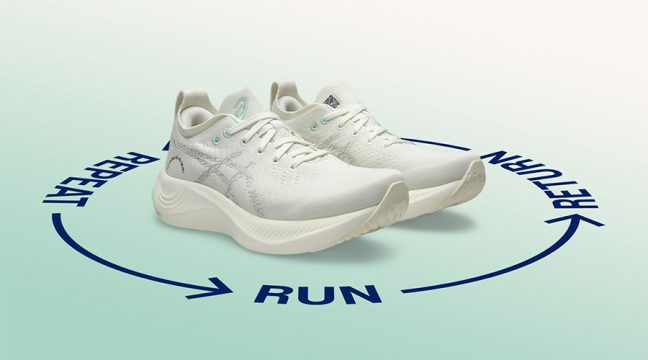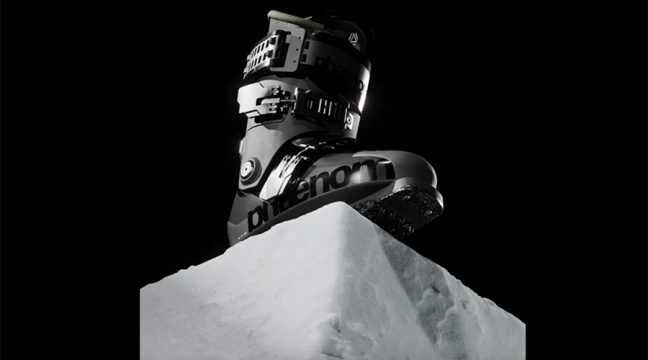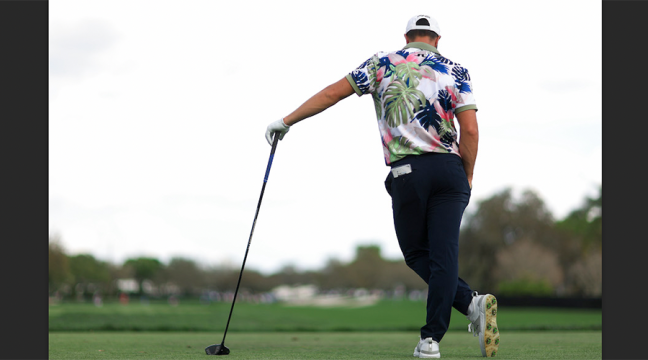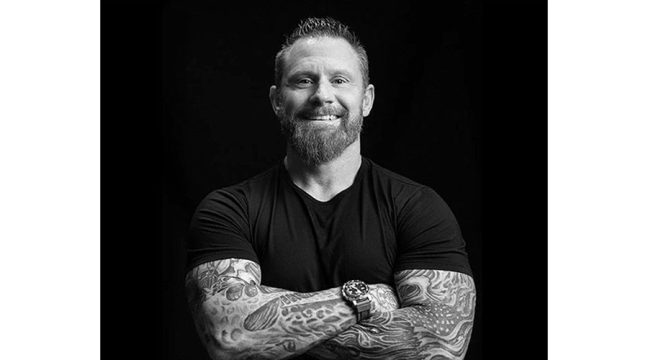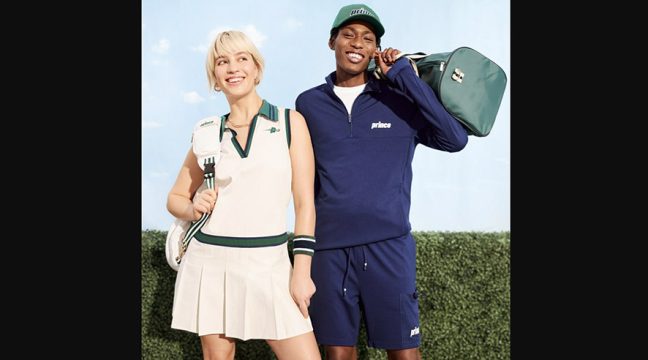While still looking for the waterproof protection, durability and grip that comes from a quality boot, consumers continue to seek out a lighter package with more style.
By Thomas J. Ryan
The active lifestyle boot category — specifically winter boots — is having a good year.
Warm weather be damned, brands and retailers can thank current fashion trends lifting boot sales for the past 52 weeks, through February 6, 2016, according to SSI Data*. Fashion/casual outdoor boots jumped 34 percent in units and 21 percent in dollars sold during the period. Winter boots (including winter-specific functional, hunting and fashion boots) rose 20 percent in units, 15 percent in dollars.
Mountaineering Boots increased 14 percent in units and 17 percent in dollars for the past 52 weeks. Hunting and Fishing boots moved up 10 percent in units and 2 percent in dollars. And Hiking boots (including Light and Technical Hikers) inched up 1 percent in both units and dollars.
The fashion push in boots comes from the continued influence of sneakers on overall outdoor footwear, but also from a greater acceptance of brighter accent colors and other fashion embellishments to compliment the traditional brown or black boot.
“When it comes to boots, we notice a shift in customer expectations,” said Nol Gerritse, Keen’s outdoor marketing director. “They’ve evolved from traditional hikers, constructed of leather uppers and hearty rubber outsoles to lighter, more athletic silhouettes. As more people get outside, these enthusiasts are turning to more adaptable options. They’re scouting boots that are technical enough for a day on the trail but can effortlessly transition to a night out.”
“Consumers are looking to brands who can break free of the traditional clunky boot,” said Sue Harvey Brown, Merrell’s marketing manager. “They want to feel good not just physically in the product but mentally, they want to feel confident too.”
Ian Little, Hi-Tec’s marketing director, breaks down the overall push for more versatility as a shift from “’outdoor’ to ‘outside’” with consumers needing shoes for a variety of settings. “Consumers might sit in an office, take a walk or short hike for lunch and go out to dinner with friends, all in the same day,” he said.
As usual, many of the trends overlap but here are the key themes driving the winter boot category:
ATHLETIC’S INFLUENCE ON THE TRAIL
Athletic design has long influenced outdoor footwear construction largely by significantly bringing down the weight of the traditional boot to comparatively feather-light levels and that trend continues. But the other influence from athletic models is around comfort and cushioning as consumers over the past few decades have gotten used to the feel of sneakers versus dressier options.Most noticeably in recent years is athletic’s influence over the aesthetic of outdoor shoes with boots taking on sleeker and faster looks.
Adidas Outdoor, for example, this fall is bringing its Boost cushioning technology that began with running shoes to key winter boots for the first time to make them more comfortable and easier to wear all day.
Yahn Lebo, product line manger for Wolverine’s work and outdoor footwear, also sees the macro trends of athletics and athleisure continuing to influence boot design. As an example, Wolverine is introducing DuraShocks, a technology incorporating a suspension that stabilizes while creating four independently responsive quadrants to harness the energy of each step, along with shock-absorbing sidewalls that compress to absorb shock and return energy.
Said Lebo, “The system provides comparable performance to high-end athletic shoes, but is engineered for heavy and mid-industrial use.”
LESS WEATHER DEPENDENT OPTIONS INCREASINGLY AVAILABLE
Faced with more erratic weather, vendors are pushing more boot options that extend longer into the shoulder seasons. Technologies that make boots lighter and a greater consumer acceptance of more casual or fashionable looks are increasing opportunities to sell winter boots that can be worn earlier in the fall and later in the spring. Traditionally more open to newness than men, women are driving the trend.
“We’ve found that women’s boot sales are not largely weather dependent, especially when products are designed with versatility in mind,” said Brad Bischel, global senior manager of footwear merchandising at Columbia Sportswear. “While a hard shell boot may have been appropriate for three months out of the year, our lightweight, waterproof boots for fall 2016 can be worn from the first signs of fall to early spring.”
For retailers, having boots that are less triggered by chilly and snowy weather also helps smooth out inventory challenges. For consumers, buying a boot they can wear for a longer period over the winter months as well as for multiple purposes packs more value.
“Consumers want to wear their outdoor boots more often, with more outfits,” said Brian Moore, vice president of footwear at The North Face. “No longer are they shopping for the pair you stick by the door to shovel the driveway or just take on a ski trip. They want them to be built for the coldest, wettest days, but look timeless.”
COLOR AND FASHION PUSHING OUTDOOR ENVELOPE
One of the most obvious changes to boot walls is the amount of color now accepted by consumers.
“For many years, the hiking boot selections have been boring brown leather boots but that is changing with REI and other retailers willing to take on some color,” said Jonathan Lantz, president of La Sportiva North America.
Peter Sachs, general manager of Lowa Boots in the U.S., also sees color as important, especially for women’s boots. But pointed out how fashion’s influence is extending to boot construction, materials and embellishments such as laces, collars and other areas.
“In casual shoes we are offering some lightweight, thin profile products that are lightly insulated, waterproof and made for everyday late fall, early winter use but not heavy-duty winter boots,” Sachs said. “These styles are coming with some wool or tweed textures to make them interesting and have received a nice reception from our early previews.”
Rachel Vormittag, Chaco’s product line manager, sees gladiator inspired silhouettes, patina-finished hardware, and tonal colors transitioned by textural shifts reinterpreting traditional outdoor silhouettes for a more modern take on functional style.
“The trend has transitioned into a celebration of versatile simplicity,” Vormittag said. ”The outdoor consumer is looking for simple and well designed product, functional style and authentic minimalism.”
Kelly Santos, vice president of Bogs, sees technical materials, like waterproof leather, becoming more prominent with consumers essentially looking for the “performance features of a technical boot without the look of a technical boot.”
The North Face’s Moore, however, did caution that while some brighter colors and fashion twists are working their way into the winter boot category, classically styled products still drive the category and the trust from the consumer. “Winter boots don’t need to have glow-in-the-dark laces or air bags.”
STILL ABOUT SELLING PERFORMANCE
While runway and urban looks may great influence a boots’ aesthetics, retail staff should note that most shoppers buy boots for their functionality.
“Functional versatility is taking precedents over pure lifestyle winter boots,” said Brian Hall, Vasque’s director of product development. “Trim silhouettes with real insulation value is important.”
Breathability seems to gaining more attention around performance features thanks to the launch of Gore-Tex’s Surround technology. But grip, warmth and waterproofing can all be critical to the purchasing decision based on need.
“If it is waterproof, offers good support and stability and is well made, then it is selling,” said Lowa’s Sachs.
Ryan Riggs, Keen’s senior product manager, outdoor, said most boot buyers are making the purchase with an end use or goal in mind.
“There is a lot of athletic material and color influence in the market today, but boots still have to be functional and durable,” Riggs said. While weekend hikers aren’t looking for the load-carrying backpack boots of the past, boots still need to work in the cold, he added, “Today the category is well represented by offerings that meet everyday function and comfort.”
* SSI Data, powered by SportsOneSource, is the industry leader for weekly point-of-sale (POS) data platform serving the active lifestyle market. To schedule a demo or to learn more, contact Client Solutions at 303.997.7302 or email Solutions@SportsOneSource.com.


